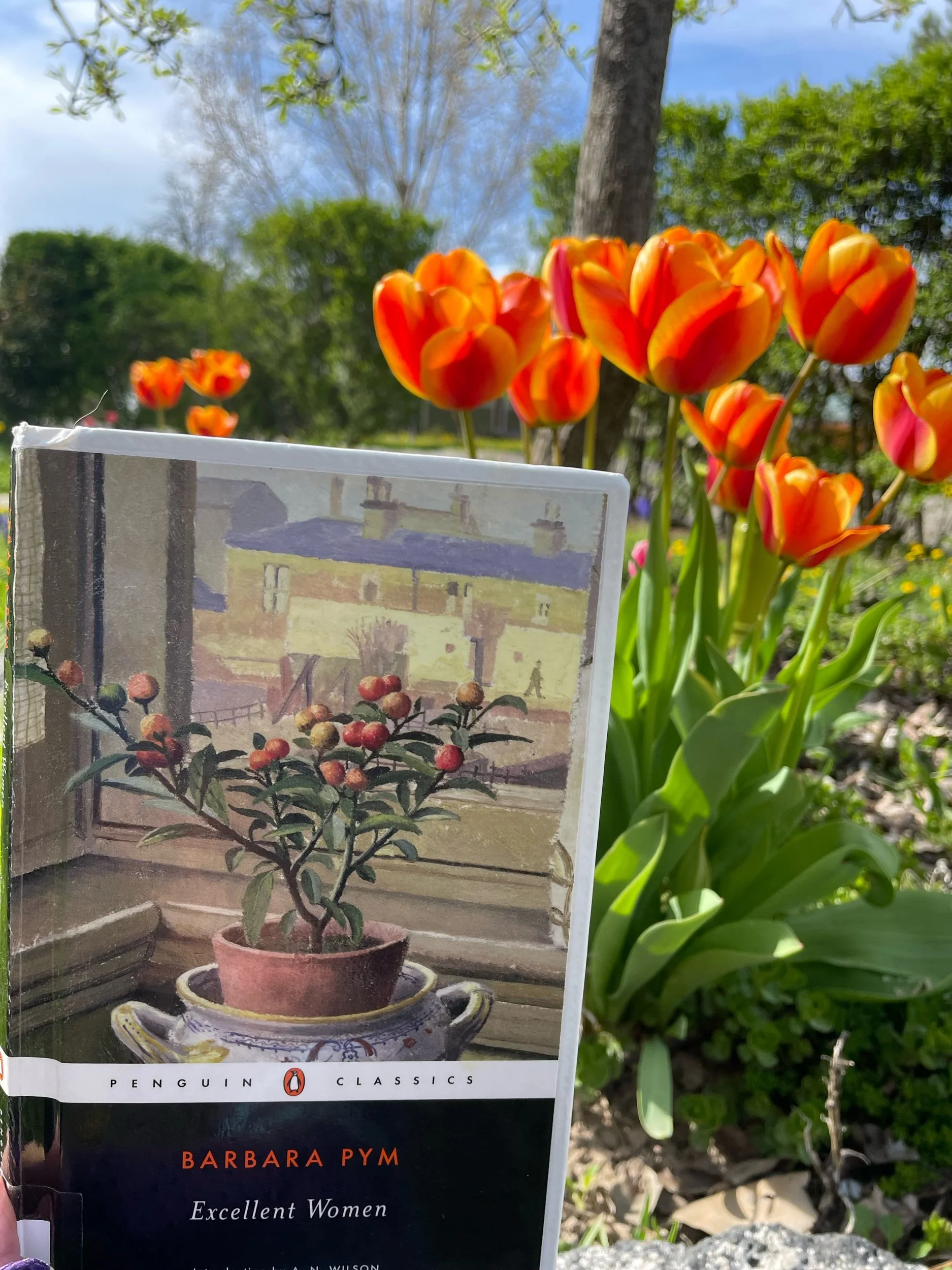Wide Sargasso Sea and Jane Eyre
Charlotte Brontë’s Jane Eyre has been a classic in English literature for well over a century and a half. Since the time of its publication in the 1847, Jane Eyre’s first-person retrospective of a woman’s young life, her challenges, heartbreaks, and ultimate happiness, has captivated readers. Originally published under the pseudonym Currer Bell, Brontë’s debut novel portrays a capable young woman who makes her own way in the world despite the many obstacles she faces. And yet, amid the narrative of female capability and perseverance, a specter of sorts haunts her story; the famous madwoman in the attic trope looms large throughout Jane Eyre.
It is this character around whom Jean Rhys, a Dominican-British writer, created her slender novel Wide Sargasso Sea (1966) as a prequel of sorts to Jane Eyre. It parallels Jane Eyre in some ways, particularly by following the first-person narrative form in the voice of its heroine in the first and last section; young Rochester shares the role of narrator in the second part. But Rhys’s novel is certainly more than one woman’s story. Rather, it unpacks some of the problematic colonialism at the heart of Mr. Rochester’s story in Jane Eyre. Wide Sargasso Sea highlights trauma and generational suffering, as well as the intricacy of identity and belonging in the multifaceted culture of the colonial West Indies. Out of the fissures in Jane Eyre comes a postcolonial, feminist novel that will leave readers rethinking, perhaps, their thoughts on Jane’s beloved Rochester and the complex cultures present in colonial Caribbean islands.
This spring I read Wide Sargasso Sea and then re-read Jane Eyre as it had been many years since I last read Brontë’s most famous novel. Rhys’s short novel brings the Caribbean islands and Creole culture to life as it provides mad Bertha of Jane Eyre a much-needed backstory. Like Brontë’s Jane, Rhys’s Antoinette (renamed Bertha by Rochester himself), is largely alone after a series of tragedies shake her young world. Antoinette begins her story in childhood, after the death of her father and the paradigm shift following the Slavery Abolition Act of 1833 which left her family’s property to ruin. In the second part of the novel, perspectives shift between Antoinette and young Rochester, who finds himself Antoinette’s husband due to behind-the-scenes arrangements between Antoinette’s stepbrother and his father. Both are young and bewildered, and after a series of unfortunate events, they become increasingly estranged. As any reader of Jane Eyre knows, Rochester will eventually return to England to inherit the family estate following his brother’s death. He takes “Bertha,” as he insists on calling Antoinette, back with him. The novel concludes in stream-of-consciousness style as Antoinette foreshadows the eventual events that occur in Jane Eyre. Rhys’s prose and style are masterful and efficient as she leads her heroine toward the dark future every classics-lover knows awaits her.
Reading these novels one after the other made each reading perhaps more poignant. I recognized both their similarities—the first-person narrators, the strong female characters—and many differences. One of the elements of Wide Sargasso Sea that struck me, and that is certainly true for any story told in first person, is the subjective truth behind any personal narrative. By alternating first-person narrators, Rhys highlights this reality; it is a modernist technique to be sure. Rochester and Antoinette, for example, experience and see the veracity of what they experience differently. In contrast, Jane’s perspective is the only one readers of Jane Eyre can access in the tradition of pre-modernist novels; thus, it may be natural for many to accept her perception of events and experiences without question. After reading novels like Wide Sargasso Sea that showcase this fallibility of any individual’s perception, readers might see characters differently then their fictional narrator does, as is quite possibly the case regarding Rochester in Jane Eyre. In all their cases, in both novels, circumstance often beyond the characters’ control sculpt their stories. The richness of both novels is the ability of Rhys and Brontë to create sympathetic characters despite the circumstances, or the reader’s agreement with their way of seeing things.
If you enjoy the ways books can speak to one another—the way authors build on the projects of their predecessors—I highly encourage reading both these novels. Likewise, any fans of Jane Eyre who have not yet read Rhys’s prequel, should probably do so. Whether you come away from the experience satisfied or frustrated, it will certainly leave you thinking about themes you may not have previously considered. You will probably also instinctively turn to reread Jane Eyre with a new lens. Occasionally nineteenth-century novels provide a glimpse of the ways British aristocratic families interacted with Caribbean plantations (Austen’s Mansfield Park comes to mind), but few dive into the rich and complicated cultures present in the West Indies. Wide Sargasso Sea, in answer to Jane Eyre’s reference to Caribbean Island plantations, provides that representation in what has become a classic of its own; Rhys brings the people and landscape to life in vivid and moving ways.
Bibliography:
Brontë, Charlotte. Jane Eyre. Macmillan Collector’s Library: 2003.
Rhys, Jean. Wide Sargasso Sea. W. W. Norton & Co.: 1966.
A Few Great Quotes:
“[S]ome things happen and are there for always even though you forget why or when” (Rhys, 74).
“[B]etween you I often wonder who I am and where is my country and where do I belong and why was I ever born at all” (Rhys, 93).






